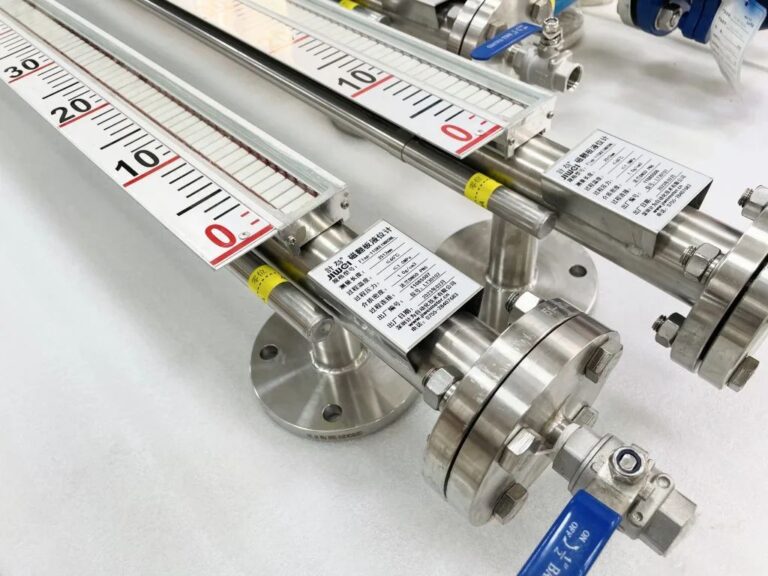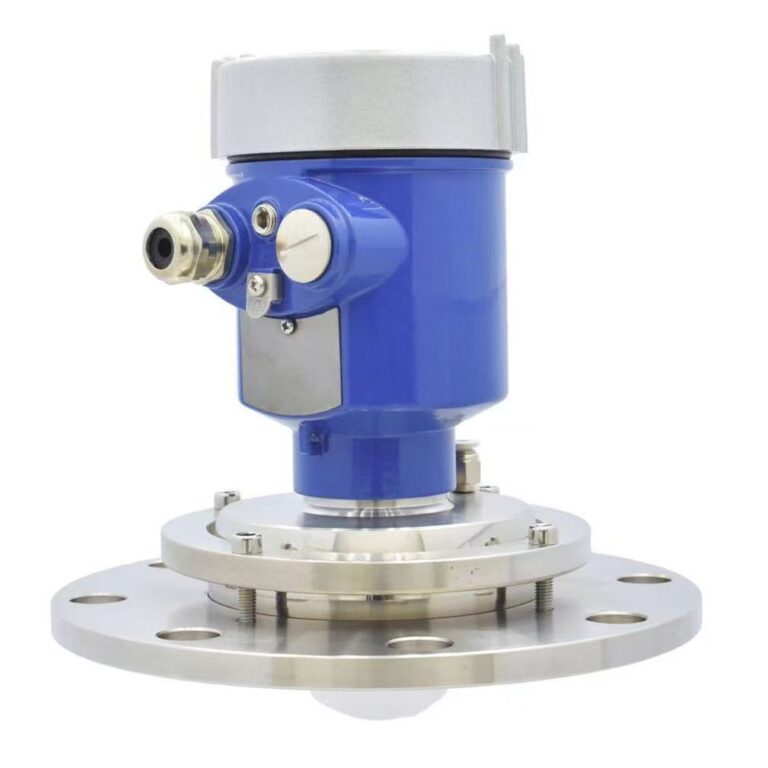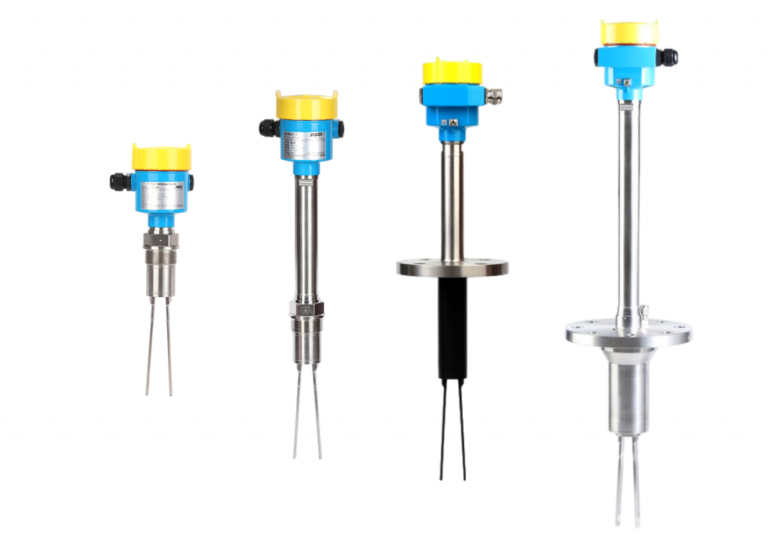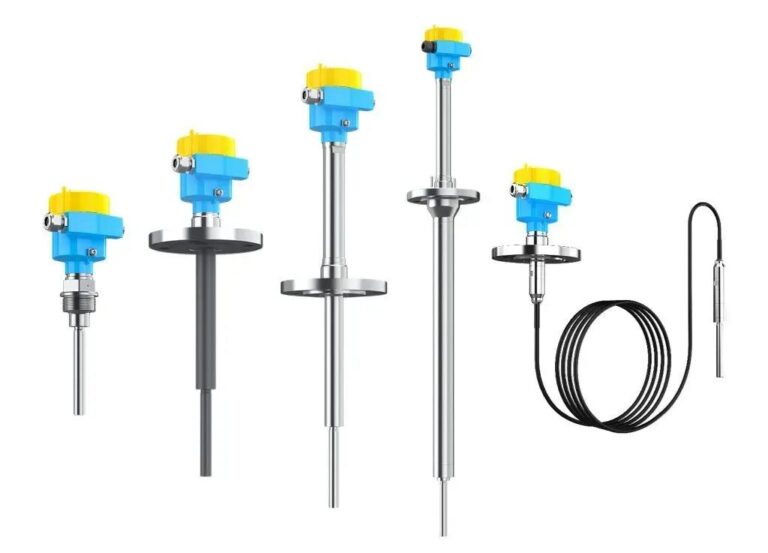1. Definition and Classification of Level
In industrial processes, level (liquid level, bulk solid level, and interface) is one of the four key parameters alongside temperature, pressure, and flow. It plays a critical role in production stability, efficiency, equipment safety, energy utilization, and product quality.
Liquid Level (Tank/Column/Reservoir): Height of liquid surface.
Bulk Solid Level (Hopper/Silo): Height of granular, powder, or block material accumulation.
Interface Level: Position of the boundary between two immiscible liquids.
Collectively referred to as “level,” these measurements are widely used for process control, safety interlocks, energy management, and custody transfer.

2. Common Measurement Principles and Instruments
Level instruments can be categorized by measurement principle:
Radar (Pulsed or FMCW)
Ultrasonic
Differential Pressure Transmitters
Magnetic Float / Magnetic Board
Capacitance / RF Admittance
Vibrating Fork or Rod Switches
Nuclear Level Gauges
Magnetostrictive Level Gauges

3. Selection Guidelines for Typical Conditions
Different process conditions require different instrument technologies:
Clean Liquids: Float, magnetic board, or DP gauges are applicable; radar recommended for low maintenance.
Viscous Liquids / Liquids with Solids: Non-contact radar or capacitance; avoid float or DP due to fouling.
Foam or High Steam Content: High-frequency radar outperforms ultrasonic.
Powders and Granular Solids: Vibrating fork/rod, RF admittance, or radar to avoid bridging and false alarms.
Highly Corrosive Liquids: Non-contact radar or capacitance with PTFE lining.
Hazardous Conditions (toxic media, nuclear plants): Nuclear or radar level instruments are preferred.
4. Industrial Application Cases
Petrochemical Industry: Radar level gauges in crude oil tanks (resistant to vapor, temperature fluctuation, suitable for large tanks).
Power Generation: Magnetic board level gauges for boiler drum water levels (fast response, DCS interlock).
Metallurgy: RF admittance switches in pulverized coal silos (preventing false level signals).
Food & Pharmaceutical: Hygienic vibrating forks or radar level gauges in CIP/SIP conditions.

5. Development Trends
Intelligent Functions: Self-diagnostics, remote monitoring, and IIoT connectivity.
Wireless Technology: Wireless radar for oil & gas fields, reducing wiring costs.
High Accuracy: Magnetostrictive and FMCW radar achieve millimeter-level accuracy.
Redundant/Hybrid Systems: Dual-technology solutions (e.g., DP + radar) improve reliability.
6. Maintenance and Calibration
Regular Calibration: Zero adjustment for DP level transmitters.
Cleaning and Protection: Float-type instruments require periodic cleaning to avoid deposits.
Preventive Measures: Radar and ultrasonic gauges need antenna inspection to prevent fouling or condensation.
Cross-Verification: Critical tanks should use two different principles for redundancy.
7. Relevant International and National Standards
IEC 61511: Functional safety of SIS in process industries.
API 2350: Level measurement and overfill protection for petroleum storage tanks.
GB/T 12668: Chinese standard for industrial automation systems including level measurement.

8. Conclusion
Level measurement is the “safety eye” of industrial processes:
Cost-sensitive applications: Magnetic board or float-type instruments are economical.
Complex conditions: Radar and RF admittance show superior performance.
High-risk industries: Nuclear gauges and redundant measurement systems are indispensable.
As industrial digitalization advances, level measurement is shifting from “point detection” to systematic, intelligent management, becoming a core enabler of smart factories.
